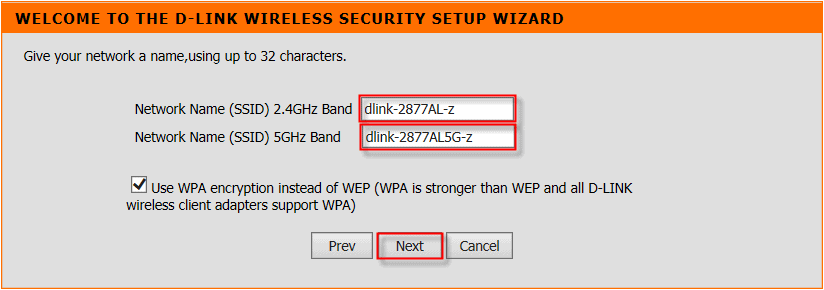If you are a long way from the exchange then that will significantly reduce the available speed. I am only about 1.3 miles from my exchange by road and my achievable speed is halved.
However there are a few things you can do to possibly improve matters, especially if you are on ADSL like you and me.
First listen to your phone line. If you have a lot of crackling this will reduce the connection speed as your router tries to cope. If it's really bad you will get disconnects. I had this happen once and BT found a fault in the line which solved the problem
Next test the router in the incoming BT socket. If there is an internal test socket use that. If there is a significant improvement then you have a possible fault in your internal system especially if you are working off filters off hard wired extensions. And if you try an old type phone in the test socket and you get crackling there's a fault on the BT line.
Then look at the incoming BT box. The latest type splits internet and phone signals at the box, and have separate sockets for internet and phone and are best.
If you are working off an old filter to your router it might be faulty so try another one they are cheap enough.
And don't rely on the router given to you by your ISP. Most are cheap and cheerful and can be unreliable. I bought my own having had problems and now have improved speed and no longer get disconnects.
However there are a few things you can do to possibly improve matters, especially if you are on ADSL like you and me.
First listen to your phone line. If you have a lot of crackling this will reduce the connection speed as your router tries to cope. If it's really bad you will get disconnects. I had this happen once and BT found a fault in the line which solved the problem
Next test the router in the incoming BT socket. If there is an internal test socket use that. If there is a significant improvement then you have a possible fault in your internal system especially if you are working off filters off hard wired extensions. And if you try an old type phone in the test socket and you get crackling there's a fault on the BT line.
Then look at the incoming BT box. The latest type splits internet and phone signals at the box, and have separate sockets for internet and phone and are best.
If you are working off an old filter to your router it might be faulty so try another one they are cheap enough.
And don't rely on the router given to you by your ISP. Most are cheap and cheerful and can be unreliable. I bought my own having had problems and now have improved speed and no longer get disconnects.




